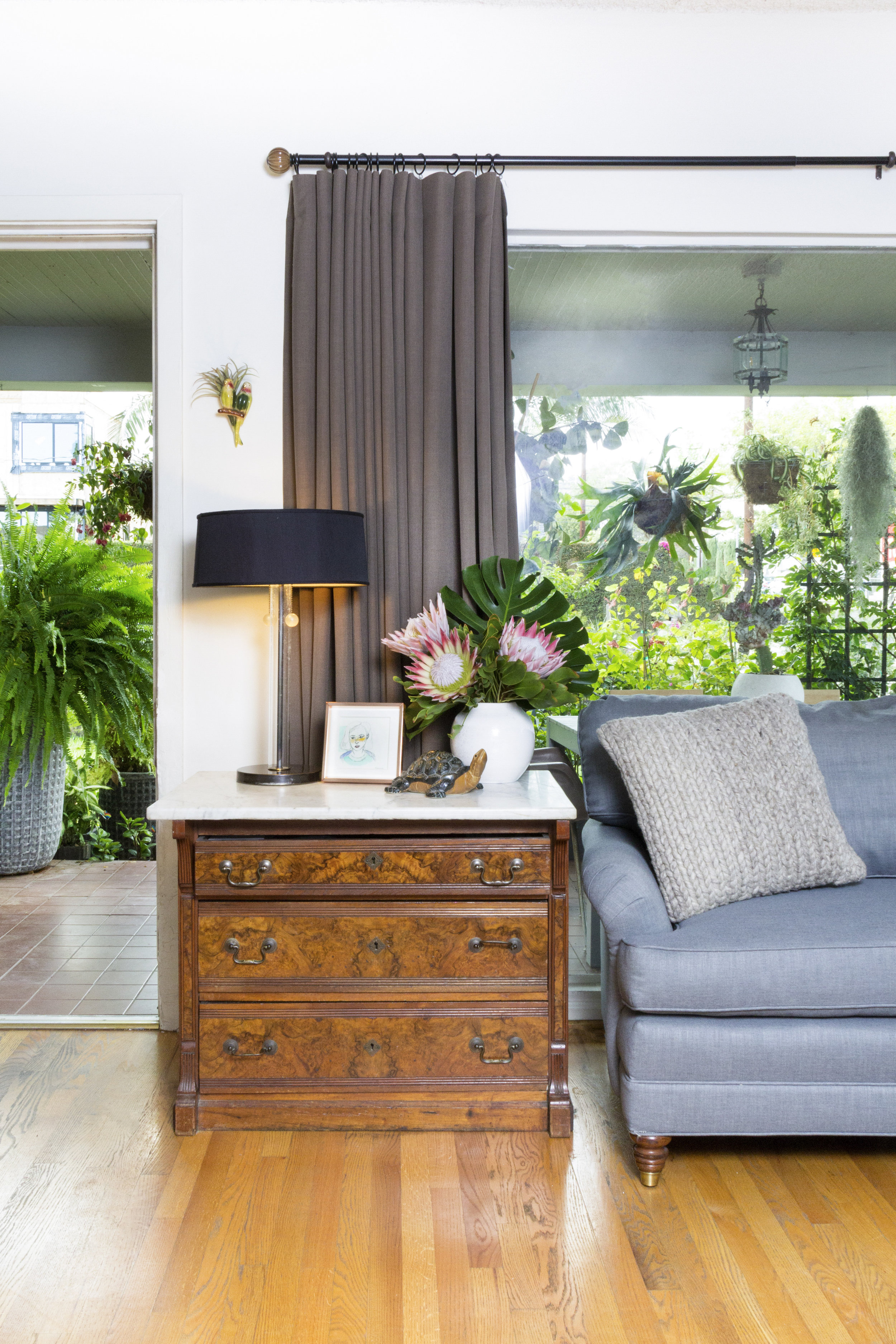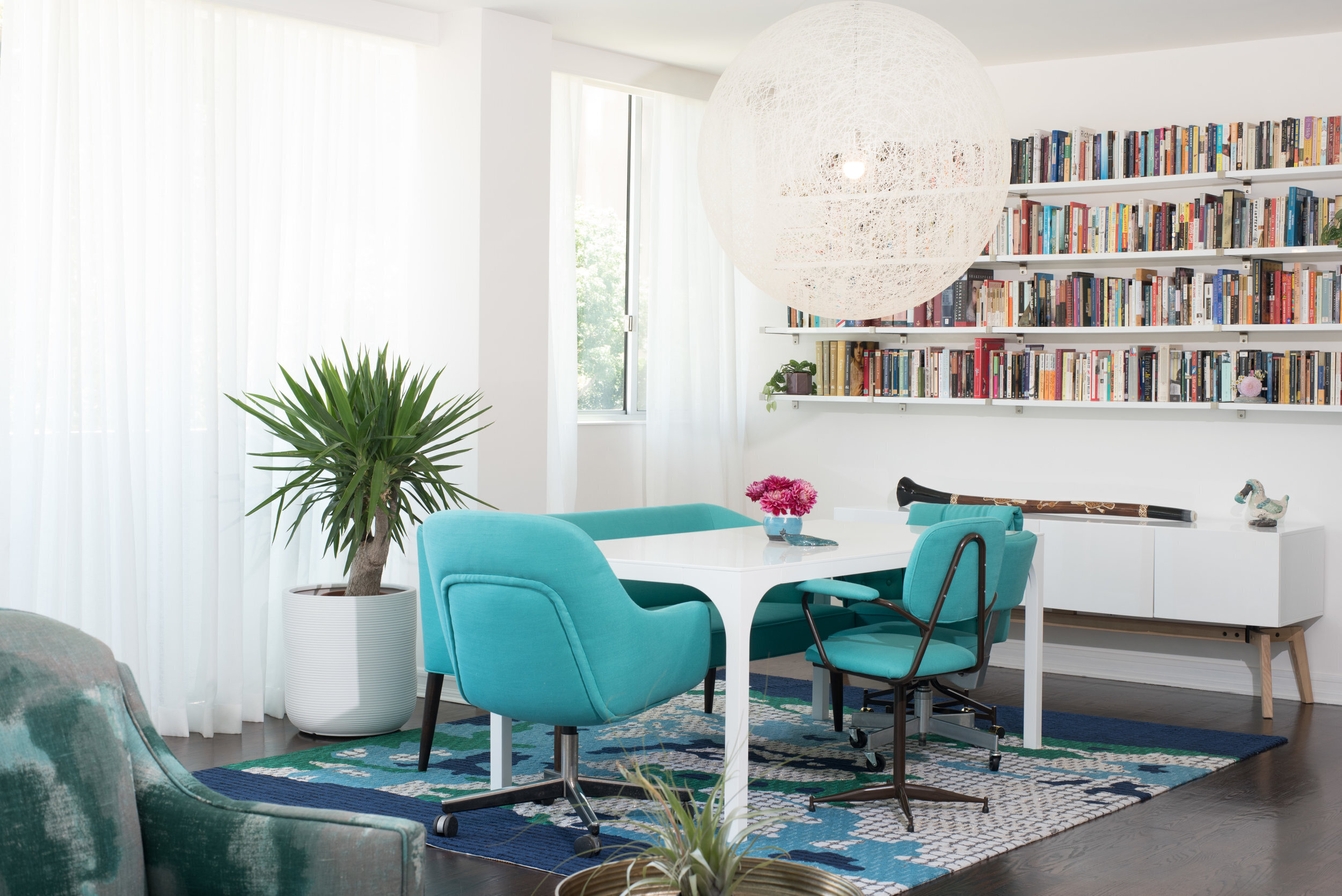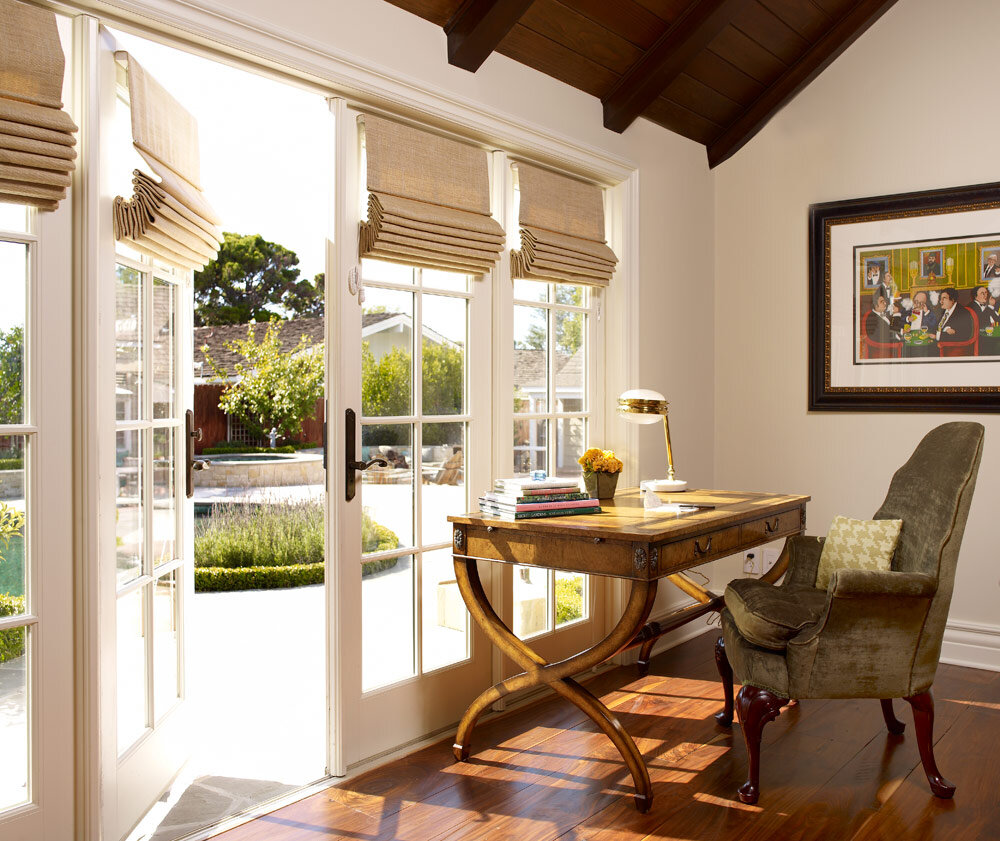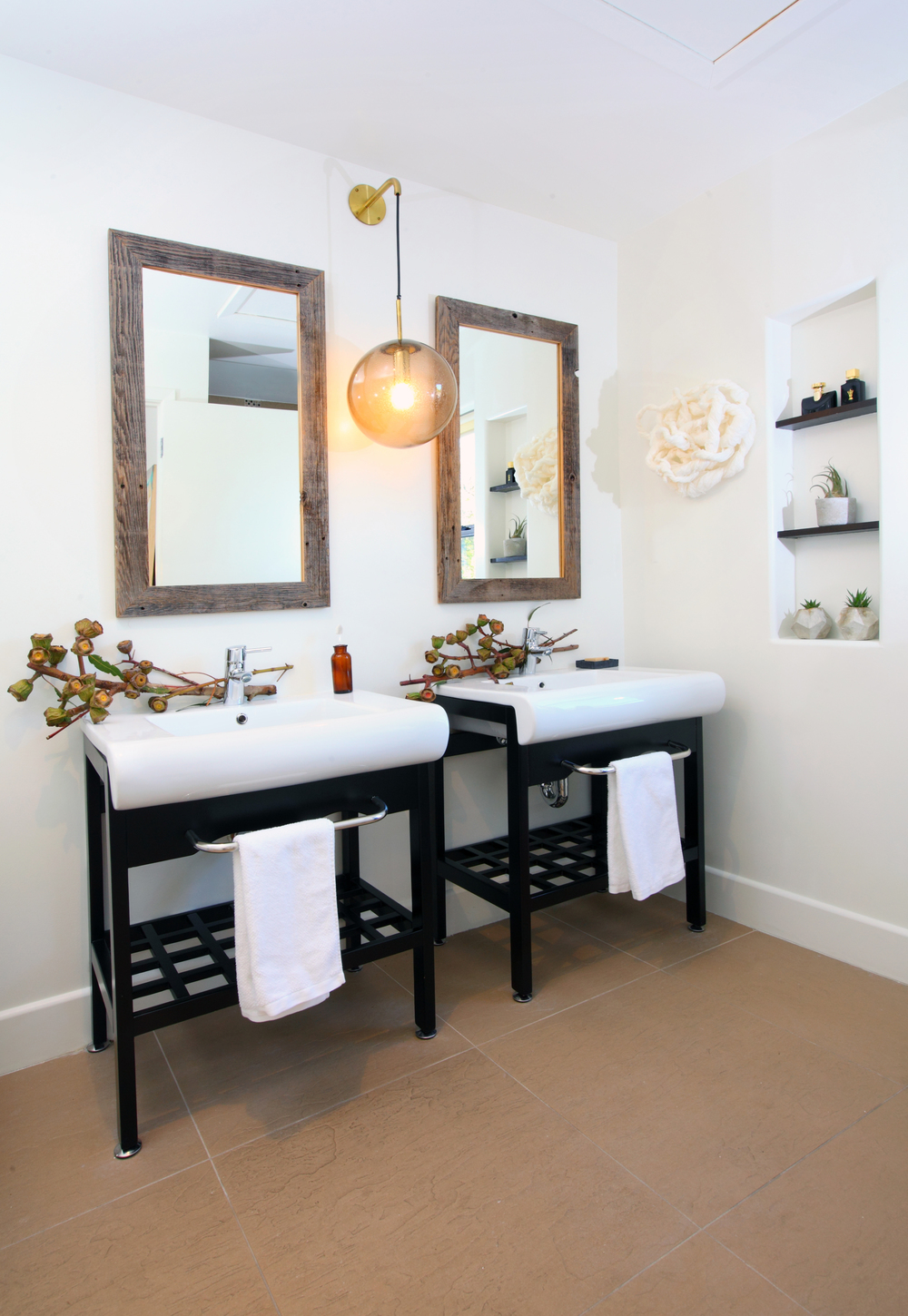How to Design Your Home for Conscious Living
/Living consciously means embracing what you love. It’s living in alignment with personal values and making choices accordingly. As a philanthropist and former first lady, Michelle Obama said, “I have learned that as long as I hold fast to my beliefs and values – and follow my own moral compass – then the only expectations I need to live up to are my own.” However you express it individually, it’s what you appreciate and brings you joy. Being aware of what nourishes you, be it animal kindness or human welfare, awareness can offer you a clear path toward designing your home more consciously.
Our values are as unique as each of us. It’s evident in our daily lives that our taste in food, color, and careers vary, but more subtly, our ethics are just as diverse. Whether you prioritize being healthy, sustaining our planet, and equality for all, living consciously is well within reach.
Wherever you are on this journey, there’s no right or wrong way to do it. If you’re beginning, consider making future purchases aware ones. If you’re buying a pillow or rug, find one from a cruelty-free source or a craftsperson who is conscious of their impact on the planet. If you’re ready to embark on a deeper level of commitment, assess an entire room or your whole house. If that seems daunting, hire a designer who aligns with your values to make substantial changes to transform your home into a sanctuary. An experienced home designer will work to express what lights your imagination on fire. A home designer takes the stress off your plate so you can focus on the beauty and big picture while they take care of the minutia. They can help push your bravery into the limelight, so your house can be what you envisioned.
Conscious living requires little to no sacrifice. For example, being vegan does not mean trading in personal luxury. You can bring quality and opulence into your home while honoring the welfare of the person fabricating your sofa. By making informed decisions, we can improve the conditions of workers of Vietnam, and help a single mother supply artisan handcrafted goods to anyone in the world, while supporting her children financially and emotionally. However, with such freedom and availability, we also have information overload. In design, it takes knowledge and experience to create a harmonious space that matches your preferences. Look for designers and artisans who specialize in handcrafted goods, or sustainable products. Because there are so many options, it truly helps to have a skillful designer evaluate the myriad of choices and to verify legitimate sources.
As you design your life intentionally, you convey to those around you what you love, which then draws more of what you want into your life. Being intentional in your home design choices will be reflected in all areas of your life. “You are your choices,” according to German philosopher Sartre. Generously expressing personal truth brings abundance to your life. A home that resonates with positivity brings more vitality to the physical body and uplifts family and friends. A home with thoughtful design works symbiotically to achieve goals and allows energy to flow into projects with passion. For those who are clear about what brings them joy, their spaces radiate it.
Sarah Barnard designs healthy, happy, personalized spaces that are deeply connected to nature and art.
To learn more about Sarah Barnard Design, please visit www.SarahBarnard.com.











